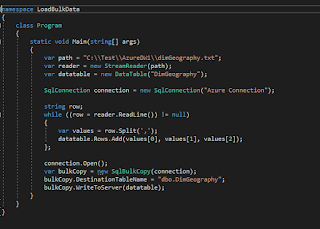Hinduism is one of the oldest and most diverse religions in the world. Hinduism has a rich history and cultural heritage that dates back thousands of years, and it has influenced a vast range of philosophical, spiritual, and artistic traditions. It has also contributed significantly to the development of Indian culture and society, including language, music, dance, art, architecture, and literature. Moreover, Hinduism is known for its vast and diverse collection of scriptures and texts, including the Vedas, the Upanishads, the Bhagavad Gita, and the Puranas, which provide insights into spiritual practices, ethical conduct, and philosophical concepts. Hinduism also emphasizes the importance of personal spiritual growth and self-realization through practices such as yoga, meditation, and selfless service to others. It teaches the concept of karma, the law of cause and effect, and the cycle of birth and rebirth, known as samsara. Overall, Hinduism is a complex and diverse religion that ha...





